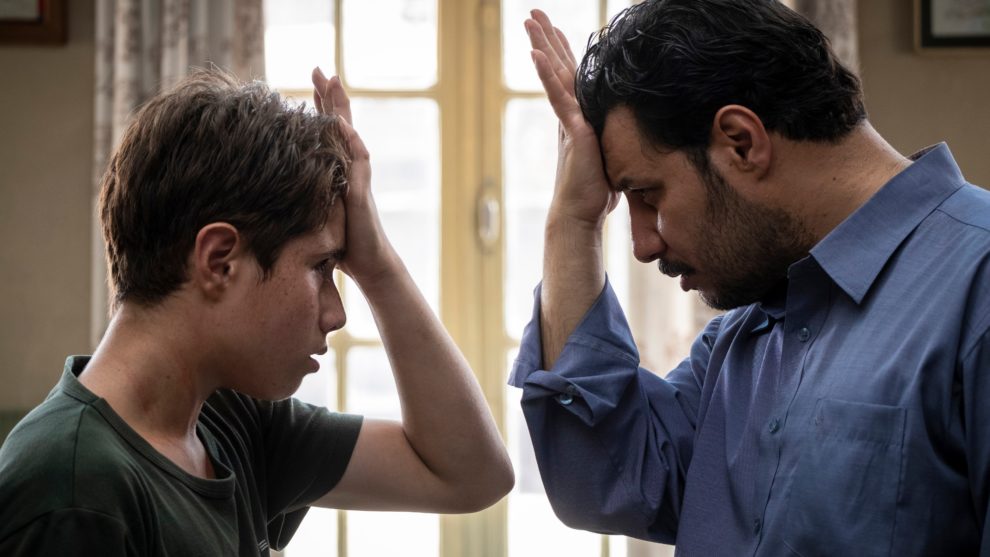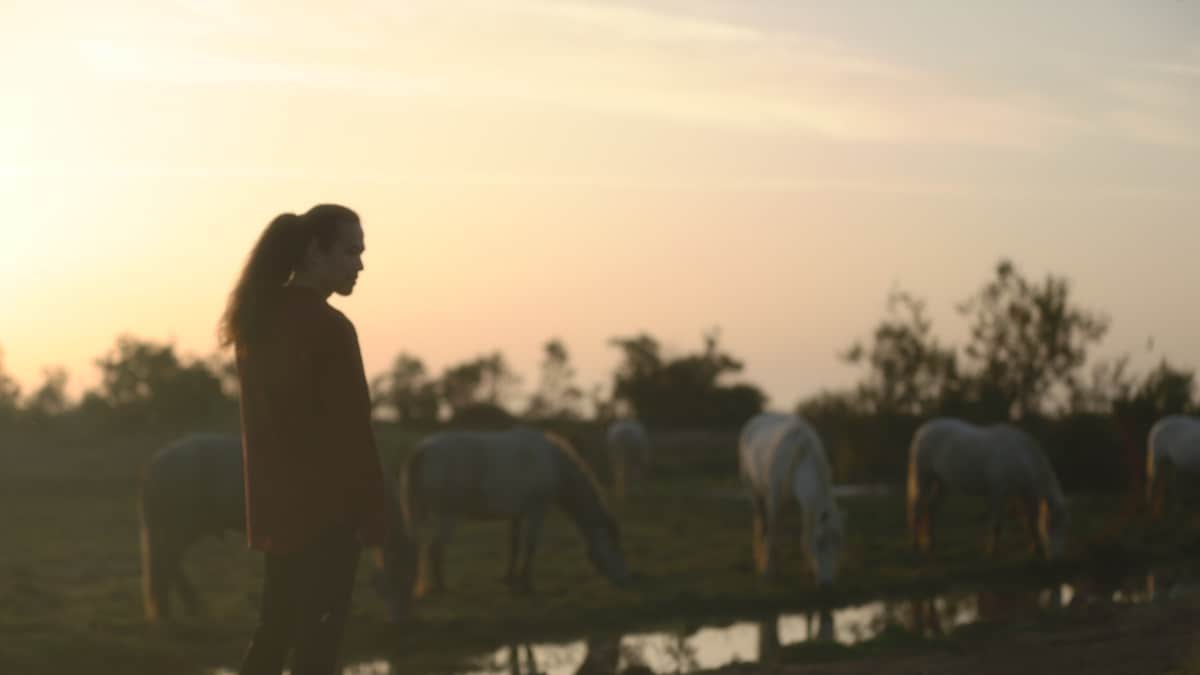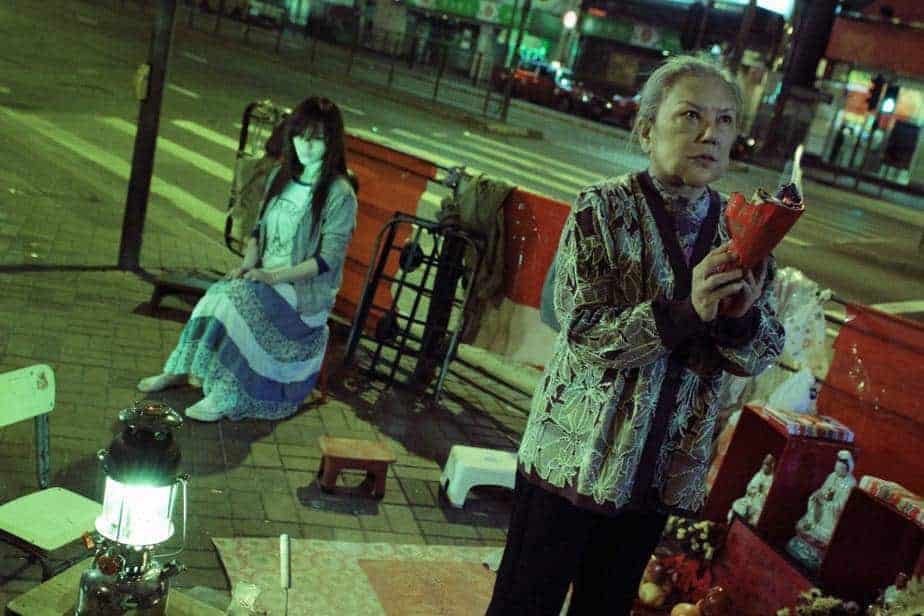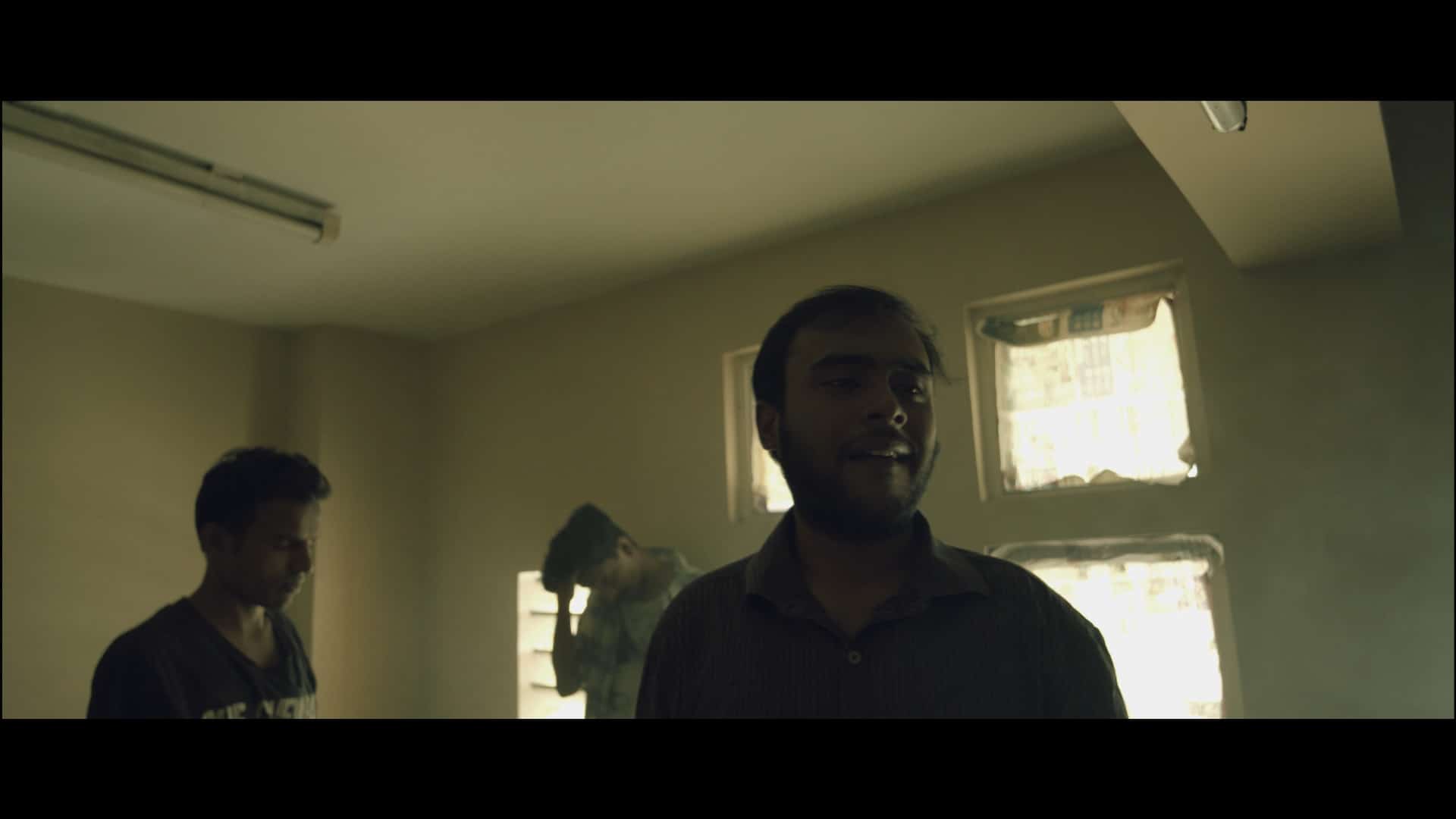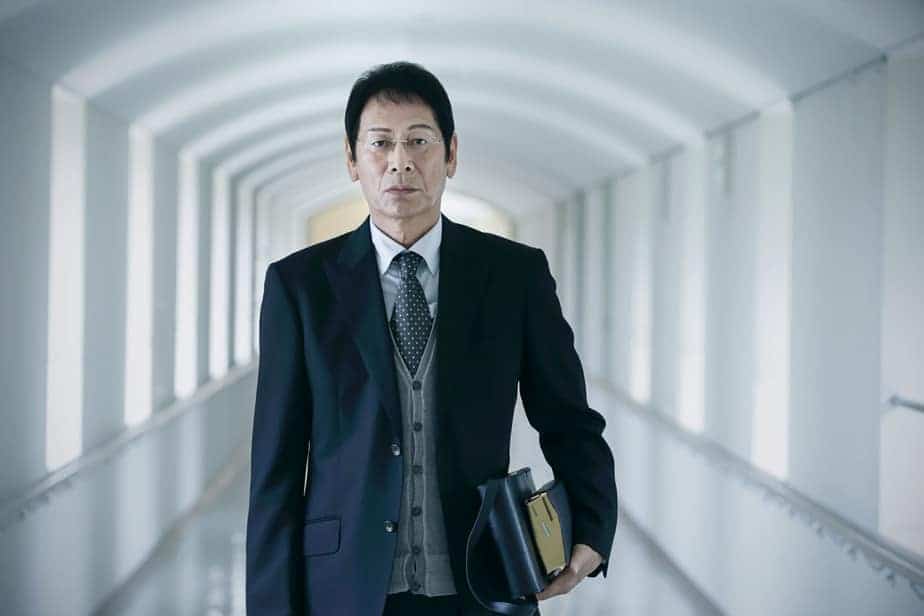Majid Majidi had been making movies for quite some time when he rose to worldwide attention for “Children Of Heaven”, a poignant 1997 film featuring the life of impoverished children in Iran. He followed it up with a darker, far more tragic version in 1999 with “The Colour Of Paradise”, in which he told the tale of a blind child. In 2020, Majidi was suddenly back under the limelight, due to his ” Sun Children” not only premiering but also winning an award at Venice.
“Sun Children” is screening at San Diego Asian Film Festival

Majidi's latest tells the story of twelve-year-old Ali and a bunch of his friends. Their fathers are absent from their lives, whether they are dead, constantly intoxicated, missing or in prison. Thus, they have to accept the responsibility of supporting themselves and their family, which they do through small jobs in a garage. However, the income is clearly not enough, and they often resort to committing petty crimes to earn some fast money. In a crucial turn of events, Ali is entrusted to locate and uncover a treasure under a local cemetery. However, the entrance can only be accessed through the confines of Sun School, a charitable school for the development of street kids. Ali and his friends must enrol to pursue their mission.
Majidi tries to exhibit to the world the story of child labourers, a shamefully great number (152 million) of children across the world who are forced, either by their family or due to the lack of family, to work unrestricted hours with minimum wage. As they are not legalized workers, they cannot seek the authorities and complain about the slavish circumstances they suffer. In the director's statement, he frees his mind about the goal of the movie: “The message of “Sun Children” is that we are all responsible to these children, many of whom are extremely talented and all of whom are precious. It is simply not tolerable that their social and economic status consign them to a future of limited opportunities and poor prospects. “Sun Children” demonstrates the abilities and humanity of these children.” Thus, much of the story is engulfed in darkness, as through each scene of the movie the existential risk of being a street child is explored. Also explored are the disadvantages of being a refugee from another nation, and the continual, horrible hazard they face of being sent back to a refugee camp, where people live under even worse circumstances, without even the possibility for slavish employment.
Comparisons are sure to arise between Majidi's “Children Of Heaven”, ” Colour Of Paradise” and “Sun Children”. It seems that the director is aware of the certainty, and accordingly established some to deliver emphasis on the transitions Iran has encountered in the two decades or so that separates his latest from them. In “Children Of Heaven”, an iconic shot is that of a pool full of water, glowing in the sunlight. Multiple pots of flowers are placed on its border, and a shade of a tree is seen nearby. A pool appears in ” Sun Children” as well, but there is no reappearance of flowers or the shadow of a tree. Emptiness engulfs the scene. Iran has changed. The nation is, in its exterior, more glossy and polished than ever. The opening scene of the movie is that of the cover of expensive cars, of brands known around the world, uncovered one-by-one by the prominent characters.
The shopping malls rise high into the sky, but behind its polished exterior hides a world of darkness and poverty. To capture this, Maijdi asks for a different process altogether: and that is to portray the world as a realm of frustration and sadness, with fewer opportunities at redemption than ever before. However, one cannot help but reminisce fondly the subtle manner of storytelling of the turn-of-the-millennium movies of the director who now works in a crowd-pleasing mode in which each message and action must be twice presented to the audience, if not thrice. The film is still poignant at certain parts, an extraordinarily dramatic sequence of street children climbing the gates of a school en masse. However, the director utilizes dichotomy throughout “Sun Children” in such a way that it erases much of its impact: light versus the lack of it, dreams versus reality, good versus evil, material treasure versus treasure of heart and soul.
The cast forms the major strength of the movie. It is well-acted, with the brilliant performance of Roohollah Zamani as the protagonist Ali being the most incredible. Zamani, who won the Marcello Mastroianni Award at Venice, is an amateur, and a real street child, as are all of the other children in the movie. Majidi's idea to work with a young cast is to provide them considerable freedom and try to have a good time with them, to the point that they start to trust him as a person, allowing them to operate fearlessly. The focus on reality extends to the setting of the movie, as most locations are real. Hooman Behmanesh's cinematography fits the movie, as the duality of brightness and the lack of it is captured well through his camerawork.
“Sun Children” is an admirable effort from Majid Maijdi to portray the reality of child labourers and the dreams they still possess, which loses some impact through its primitive method of telling the story through excessive usage of dichotomy.


